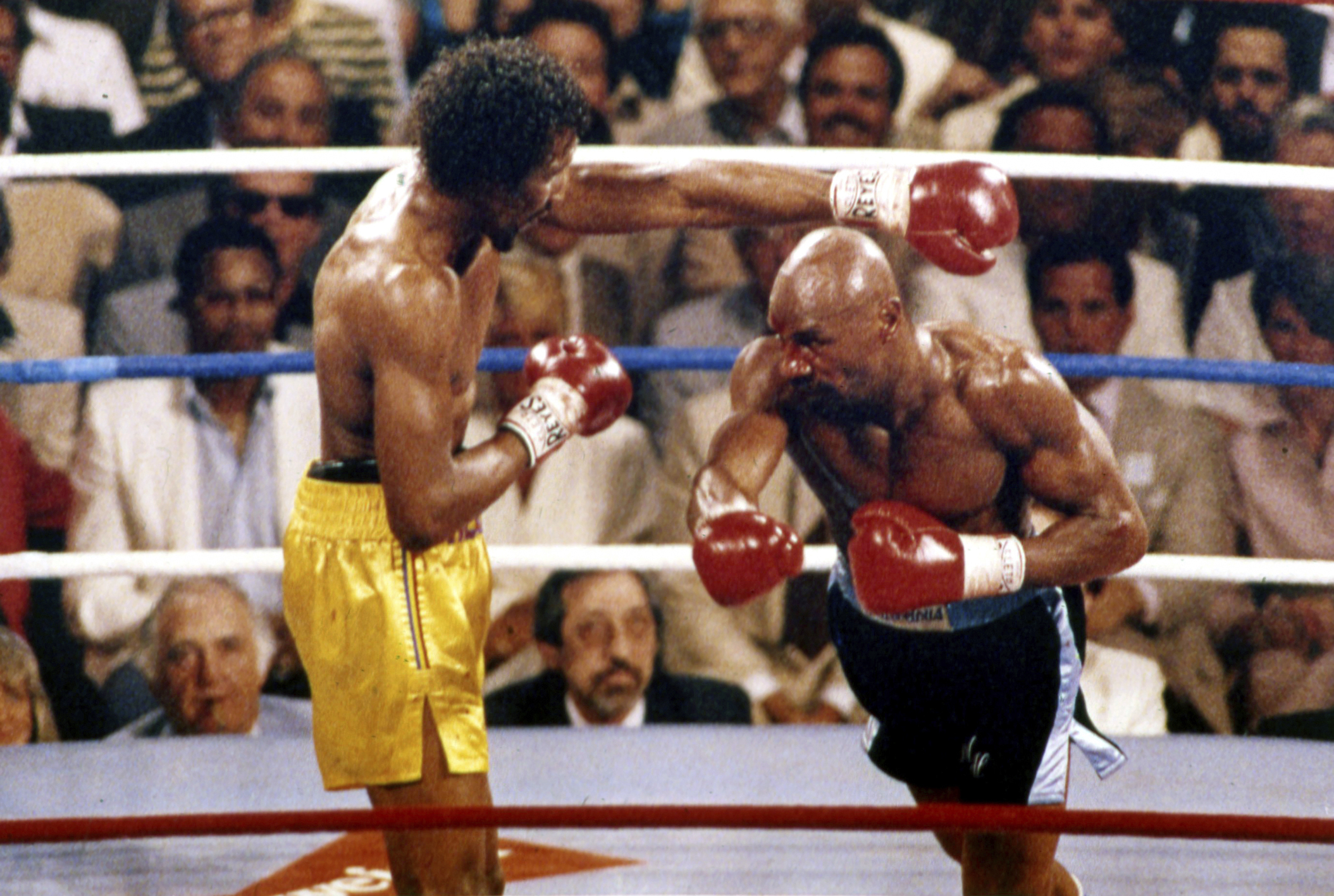Thank goodness, the Fiscal Cliff is now behind us. These are two words I would like very much to never hear again. Unfortunately this will not happen because of the additional fiscal challenges we have, right around the corner. When asked what I am looking for this year, I state, “We will have rallies and then have pullbacks, it is that simple”. In 2012 we had two rallies of 12.84% and then 14.69%. In addition, there were pullbacks of 9.94% and then 7.66%. Overall the market was up 13.41% for 2012, very impressive indeed. This roller coaster action is what I am looking for in 2013. I am watching for when this first of the year buying turns into profit taking-sometime soon.
While most investors get upset when the market pulls back, I watch for the buying opportunities that happen when selected securities go back up. To be successful in the market one must learn how to take profits when the herd is buying and buy when the herd is finished selling. As stated in many articles, one must learn the many, many signals the market gives for making buy and sell decisions.
The reason many investors get into trouble is because they usually get “shaken out” during sell offs. They sell near the bottom and then buy high, usually at the top of the rallies. Many end up buying at market tops and selling at market bottoms just the opposite of buying low and selling high. I was there many years ago and it is not a good feeling. If you would like to learn the buy and sell signals discussed in my column, consider taking my FIN 229 class this spring at John A. Logan College. This will be my last semester teaching at the college, so if you are interested - don’t drag your feet. The spring semester begins on January 14. See my website for class details.
One of the main reasons we need to learn market buy and sell signals is because we are told by many financial professionals to invest for the long run and not worry when the market drops/sells off because the market will always return. Look at the chart from Doug Short (dshort.com) and you will see that this may not be true, especially when the major indexes are adjusted for inflation.
This chart shows the actual value, the REAL value adjusted for inflation. While adjusting for inflation, all three indexes are still underwater. This is important because it shows the true value of your returns. Since the peak in 2000 the Real return for the S&P 500 is (-16.5%), the Dow Industrials (-30.2%) and the NASDAQ (-55.3%). The bottom line is...not everything comes back and long-term investment thinking is far less from perfect… and these charts prove it.
The bottom line, not everything comes back after a sell off. It is not just being in the market but what you are in. The question is up to you, in 2013 do you want to ride the roller coaster or be the conductor? It is up to you!
For class information or questions contact me at thetraderseye@gmail.com.
(Disclaimer) The information above is for educational purposes only and is not intended to be financial advice. Your decision to buy, sell, short or hold any stock or investment product is a direct result of your own decision, free will and research.
On the Net:
The Trader's Eye on Facebook




